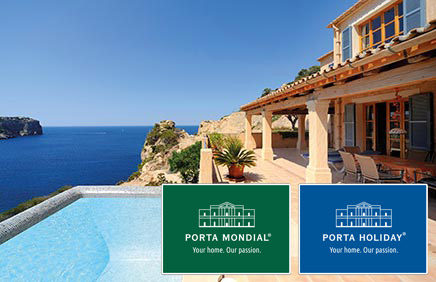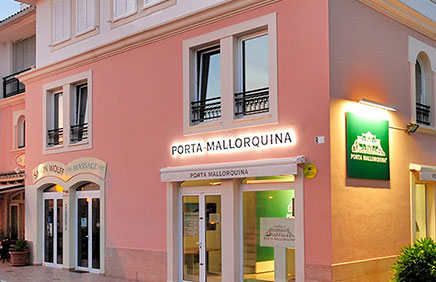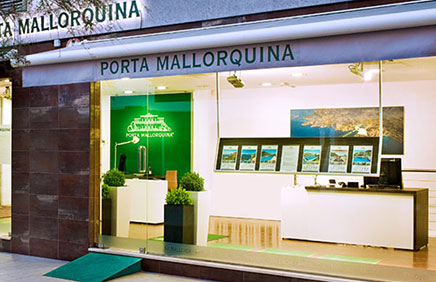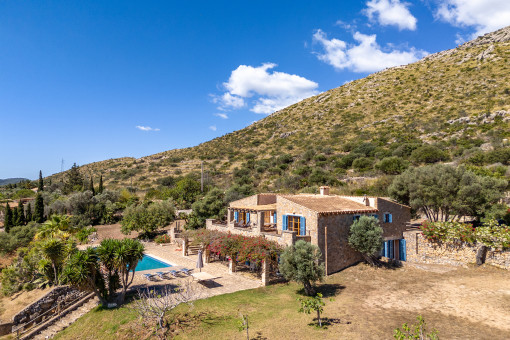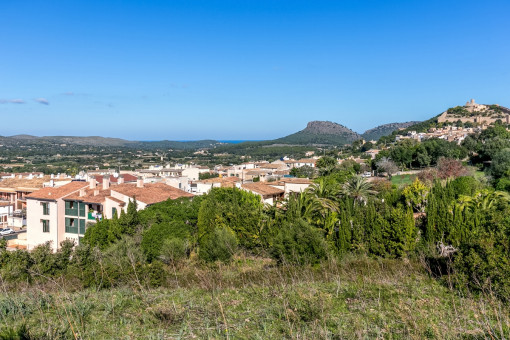2 properties for sale in Capdepera
1
1
Real estate agent in Capdepera, Mallorca
You are looking for a property for sale in Capdepera, or have a question regarding our real estate offers in Mallorca? You were not able to find the ideal plot in Capdepera?
Then please call us on +34 971 698 242, or send us an email to info@portamallorquina.com. Our Porta Mallorquina real estate agents in Capdepera will be pleased to asist and will help you find your dream property.
About Capdepera and surrounding area:
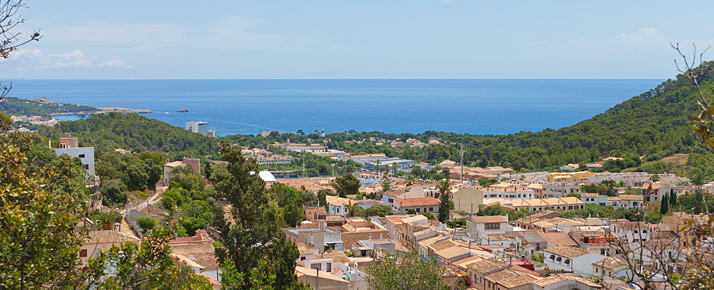
Bay of Capdepera
Capdepera is as steeped in history as it is picturesque. The name of the 3000-strong village derives from Caput Petrae (Latin for stone dome). The Romans recognized the strategic importance that goes along with the beautiful views from the 159 metre high Puig de Capdepera. From here you can overlook the canal from Minorca and much of the East Coast.
History of Capdepera
Even the Arabs built a tower as early as possible to discover approaching enemies. The castle was built in the early 14th century and gradually rises majestically above the village. From the battlements you can see the neighbouring island of Menorca on clear days. Today, visitors admire the view, but once upon a time sentinels for enemies stopped here. Pirates especially presented a major threat in the 16th century. In order to protect themselves from their attacks, the residents of Capdepera settled behind the spacious castle walls.
A legend that is familiar to anyone in Capdepera, is the tale of how the village was once threatened by a pirate fleet. The residents prayed to the Mother of God in the mountain for help. As a result, a dense fog lowered over the sea, forcing the pirates to retreat. The legendary rescue of Capdepera is celebrated every year on 18 December, including a solemn procession of the "Virgen de la Esperanza".
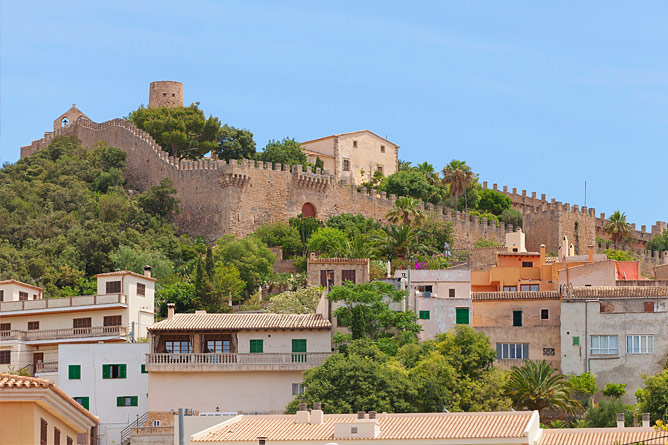
the castle of Capdepera
Incidentally, Capdepera played a crucial role in the Christian reconquest of Minorca. The transfer of power was completely bloodless with a peace treaty, which came about through cunning trickery. In June 1231 King James I had 300 fires kindled on the hills Capdepera over several nights. From Menorca this gave the impression of a large army camp. Expecting a clear defeat, the Moors sent an emissary, who signed the peace treaty gratefully.
In the 18th century armed cavalry took over the defense of the coast. Until 1854, the castle of Capdepera served as a dragoon garrison unit.
Real estate in Capdepera
The residents of Capdepera settled in the 17th century outside the castle walls. The farmers found fertile soil in the valley of "Gabellí" for their fields. Even today, the inhabitants of Capdepera tend to be called "Gabellíns", although they do still live on the mountain and not in the valley. In the old town you find the most sought after real estate in Capdepera. Many of the historic stone houses have been lovingly restored in recent decades and due to their slope offer excellent hillside views. The steep, narrow alleys that lead up to the castle, are often decorated with flowers, even the works of local artists delight the eye. A picturesque staircase leads down to the Plaza de l'Orient, the central meeting place of Capdepera. Here locals and residents sit comfortably together for afternoon coffee. One or the other flips through the monthly magazine Faxdepera that informs about the news of the municipality, which includes the holiday resorts of Cala Ratjada and Canyamel.
The number of visitors to Capdepera are limited, despite it being only 3 kilometres away from the coast. The few tourists are attracted by the well-restored castle, which hosts concerts in the summer.
Palm leaf braiding
Thus Capdepera has retained its original charm. The Gabelins embody the Majorcan comforts and uphold the traditions. For example, a craft that is still practiced here that's almost been forgotten in Majorca: palm leaf braiding. In July, when the leaves of the dwarf palm are the softest, the Gabelins swarm armed with scissors onto the surrounding hills. The sheets then have to be dried and processed in several steps before they are woven into traditional baskets and hats. A group of older women, "Ses Madones de sa Llata" continue to teach the handiwork to the young. The women meet every Wednesday in the castle to allow interested parties an insight into their work.
Restaurant tipps from our real estate agents:
- L'Orient Café: Since 1946, an institution in Capdepera. Tasteful decor and Majorcan specialties.
- Es Castell: Fine Mediterranean cuisine in a historic stone house.
- La Renaissance: International fine cuisine in the newer district of Capdepera. Beautiful terrace.


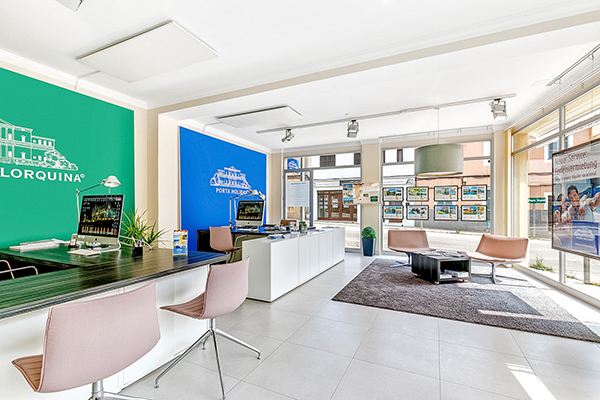 Porta Mallorquina - 9 offices in Mallorca; over 2,000 properties throughout the island.
Porta Mallorquina - 9 offices in Mallorca; over 2,000 properties throughout the island.







